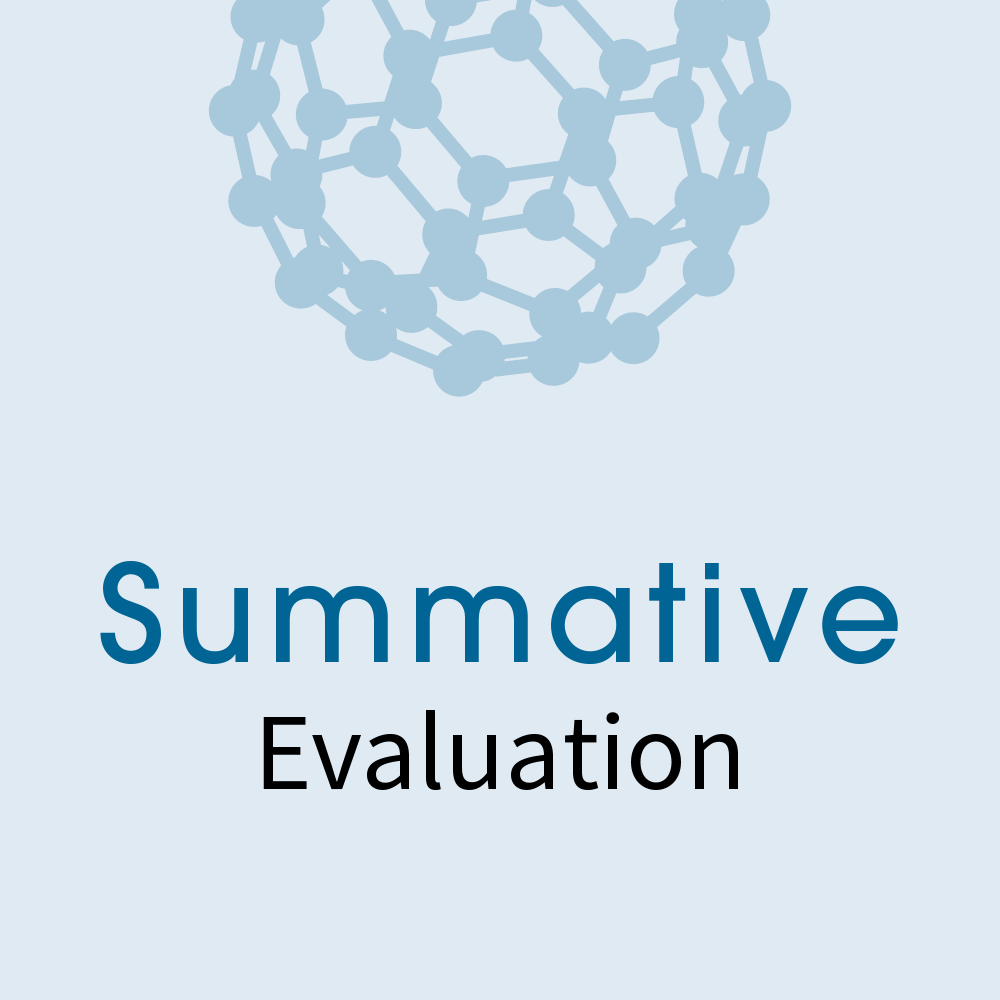DESCRIPTION
From Fall 2014 through Fall 2015, the Nanoscale Informal Science Education Network (NISE Net) Public Impacts evaluation team conducted a descriptive summative study aimed at understanding the variation, combination, and concentration of ways in which Network partners utilized Network educational resources and products together with their own resources to offer the public opportunities to engage in learning about nanoscale science, engineering, and technology ("nano"). This study was designed to explore how the NISE Network’s range of resources were used by the diverse range of Network partners, and how individual institutions felt that they were doing at providing their publics with positive experiences and learning outcomes.
Findings:
- Educational products were distributed and used by a variety of organizations differing in size, geographic location, and type.
- Educational products were shared with all museum audiences, not only science-oriented audiences.
- Educational products were distributed to all kinds of museums including science centers or museums and children’s museums.
- NanoDays kit materials were used and repurposed through a range of programs and settings.
Authors:
Steven R. Guberman, David J. Milavetz, & Eric C. LaPlant, with Marjorie Bequette, Maggie Ryan Sandford, & Chris Cardiel
DESCRIPTION
From Fall 2014 through Fall 2015, the Nanoscale Informal Science Education Network (NISE Net) Public Impacts evaluation team conducted a descriptive summative study aimed at understanding the variation, combination, and concentration of ways in which Network partners utilized Network educational resources and products together with their own resources to offer the public opportunities to engage in learning about nanoscale science, engineering, and technology ("nano"). This study was designed to explore how the NISE Network’s range of resources were used by the diverse range of Network partners, and how individual institutions felt that they were doing at providing their publics with positive experiences and learning outcomes.
Findings:
- Educational products were distributed and used by a variety of organizations differing in size, geographic location, and type.
- Educational products were shared with all museum audiences, not only science-oriented audiences.
- Educational products were distributed to all kinds of museums including science centers or museums and children’s museums.
- NanoDays kit materials were used and repurposed through a range of programs and settings.
Authors:
Steven R. Guberman, David J. Milavetz, & Eric C. LaPlant, with Marjorie Bequette, Maggie Ryan Sandford, & Chris Cardiel
Credits
Science Museum of Minnesota
Developed for the NISE Network with funding from the National Science Foundation under Award Numbers 0532536 and 0940143. Any opinions, findings, and conclusions or recommendations expressed in this product are those of the authors and do not necessarily reflect the views of the Foundation.
Creative Commons Attribution Non-Commercial Share Alike 3.0 United States (CC BY-NC-SA 3.0 US).
View more details

NISE Network products are developed through an iterative collaborative process that includes scientific review, peer review, and visitor evaluation in accordance with an inclusive audiences approach. Products are designed to be easily edited and adapted for different audiences under a Creative Commons Attribution Non-Commercial Share Alike license. To learn more, visit our Development Process page.

